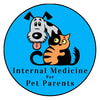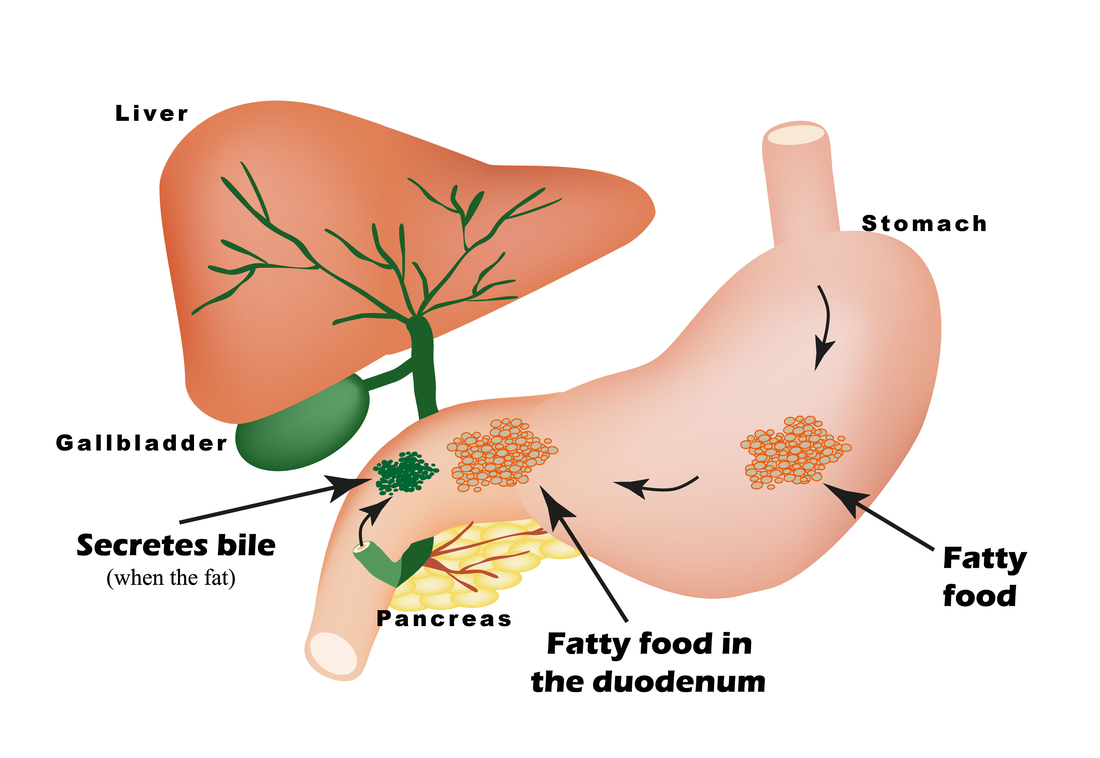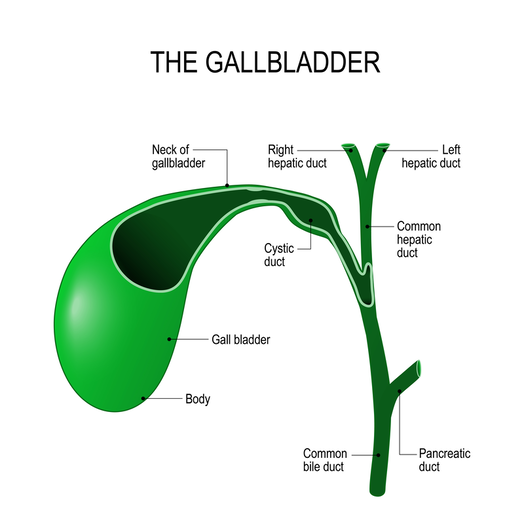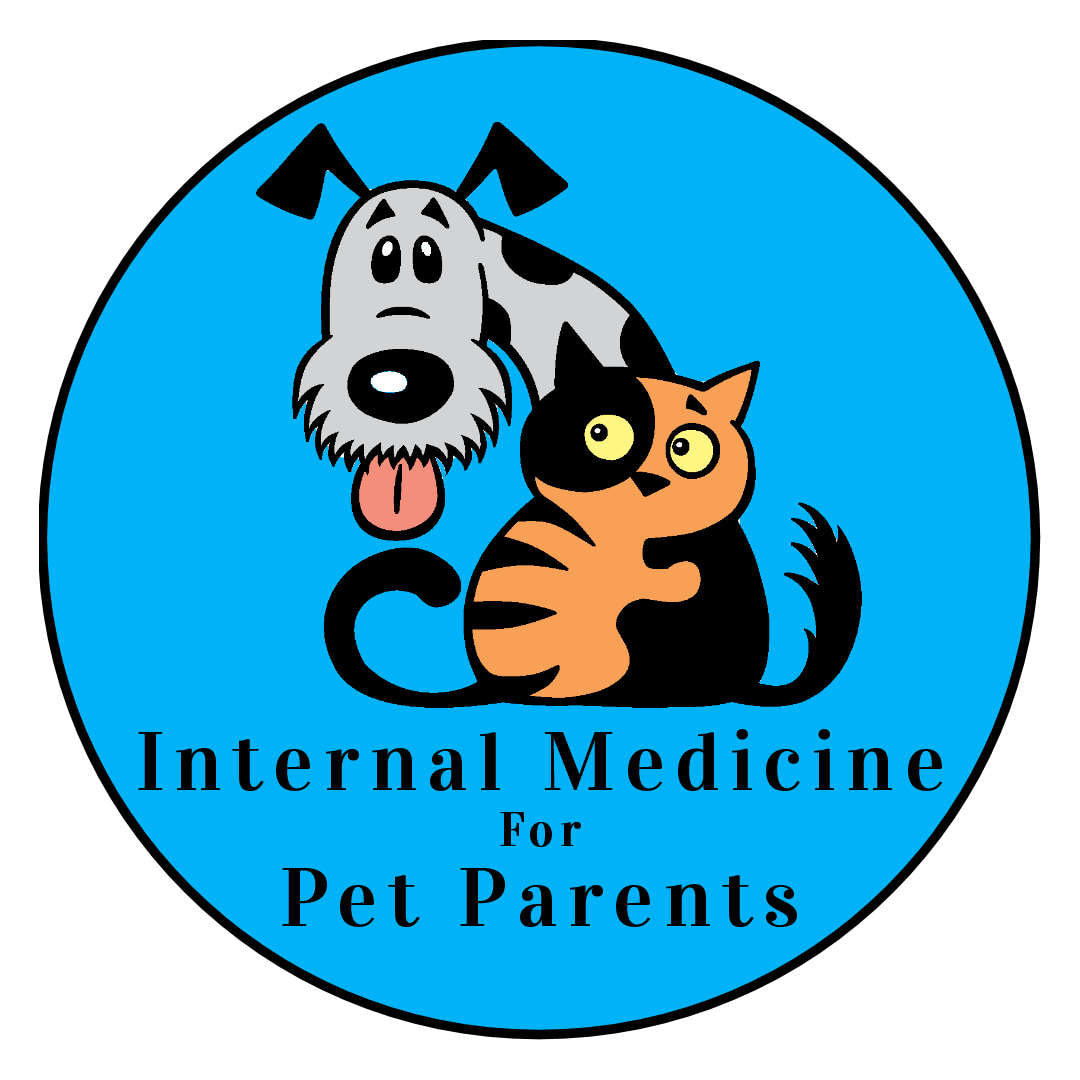A little organ tucked in that helps with digestionNestled between the lobes of the liver, lies the gallbladder. It serves as a reservoir for bile. As the liver produces the bile, it moves through canals (called canniculi) through the liver until it travels through the hepatic duct and into the gallbladder. Once food has entered the stomach, a chemical cue stimulates the gallbladder to release the bile. The bile flows from the gallbladder through the common bile duct and is secreted into the stomach to facilitate digestion of the meal. The gallbladder is part of the gastrointestinal system and is important in digesting food. Occasionally, problems can arise! Problems can stem from obstructions, neoplasia (cancer), or stones, to name a few. Obstructions can be caused by an inflamed and swollen pancreas (pancreatitis) compressing the common bile duct, gall stones blocking the duct completely, or cancer. Or, the bile itself can become too thick to travel through the common bile duct and can back up in the gallbladder itself and cause pain and discomfort. Sometimes the bile can become a mucous ball that does not leave the gallbladder, this is called a mucocele and can be an emergency situation. Addressing problems affecting the gallbladder quickly is important because if they are left untreated, they can cause serious complications. If you notice your pet not eating as well as they used to, vomiting, or if your pets skin, eyes or gums begin to turn yellow, please seek veterinary care immediately. If your veterinarian recommends removal of your pets gallbladder, do not fret! Cats and dogs can live long and healthy lives without it and not suffer any complications! AuthorAshley DiPrete, RVT, VTS (SAIM) is a Registered Veterinary Technician practicing in California and obtained her Veterinary Technician Specialty in Small Animal Internal Medicine in 2016. She is the co-founder and a contributing author for InternalMedicineForPetParents.com. Visit her author page here.
Comments
|

Ready to Work Together?
Thank you!You have successfully joined our subscriber list. This website is NOT a substitute for veterinary care with a veterinarian. We recommend you follow the advice and treatment plan as prescribed by your veterinarian, and only after discussing anything found on this website with your veterinarian, with their approval, implementing advice found here.
Most of the information on this site is free for you to read, watch or listen to, but Internal Medicine for Pet Parents is also a business. So please expect hyperlinks to be affiliate links in many cases, where we receive a small percentage of sales if you wish to purchase. We only recommend tools, books and services that we use, or people we know personally. Integrity and authenticity continue to be of the highest importance to us. Read the privacy policy here. We hope you find the site useful! Thanks – Yvonne and Ashley Check us out on Facebook!
Categories
All
Archives
October 2019
|




 RSS Feed
RSS Feed